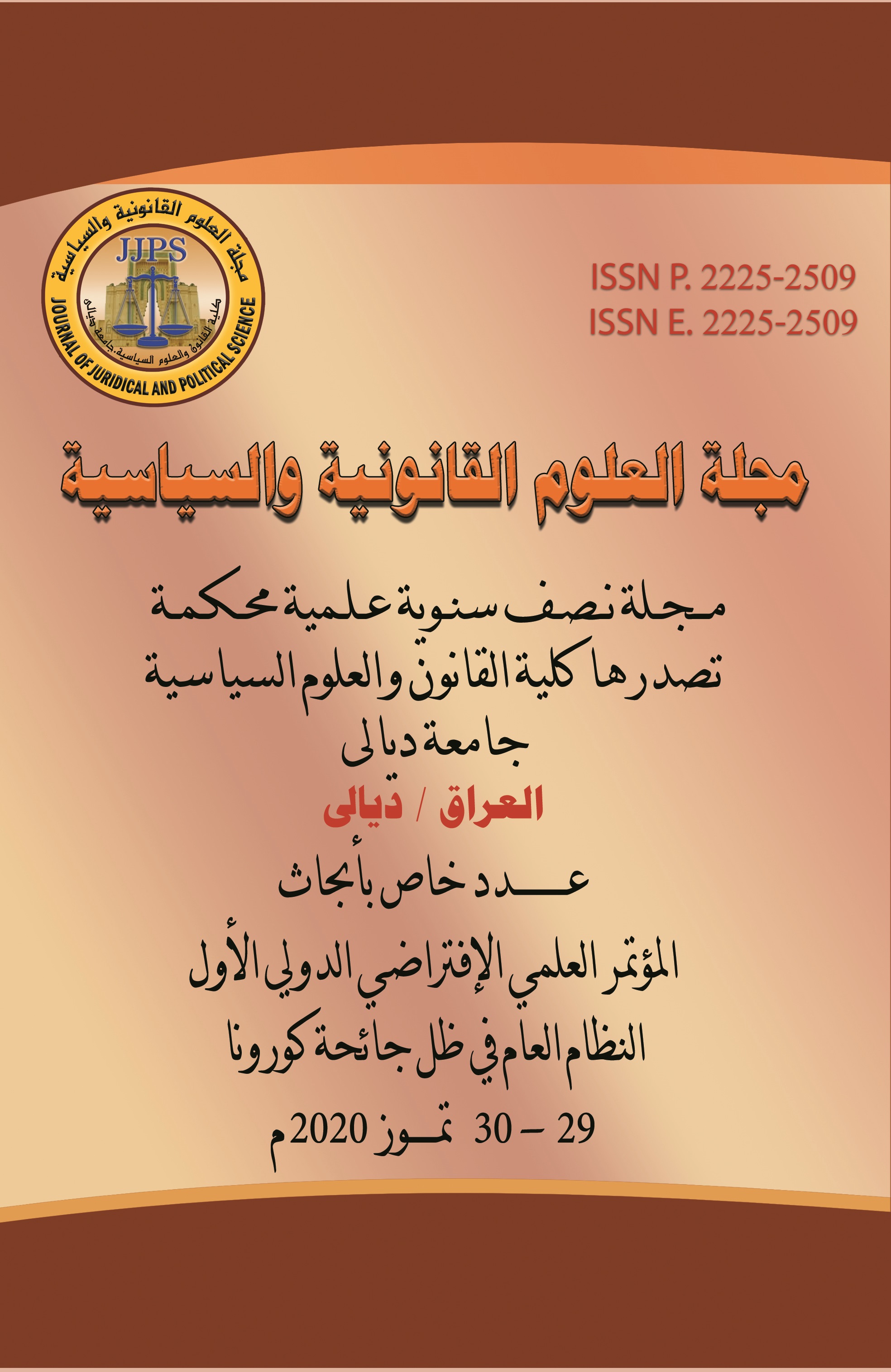The impact of the Corona pandemic on the implementation of contractual commitment in light of the provisions of the Iraqi and comparative civil law
DOI:
https://doi.org/10.55716/Keywords:
Corona Pandemic,, Contractual Commitment,, Iraqi Civil Law.Abstract
The Corona pandemic invaded the world months ago, and we in Iraq, like the rest of the world’s peoples, are suffering from the brunt of its effects, especially in the field of legal relations in general, and contractual ones in particular. As a result, the implementation of the contractual obligation became burdensome for the debtor in some cases, and impossible in others. In all cases, the pandemic caused damage to both parties of the contractual relationship or at least one of them, and of course this damage is not absorbed by the civil liability compensation system, due to the absence of the error element in its occurrence. However, the prevailing trend in our times determines the right to compensation for the injured person, regardless of the source of that harm, whether by an act or without it, based on the principle of social solidarity. This approach necessitated the resort to auxiliary systems that would compensate the aggrieved party whenever the general rules of civil liability appeared to be deficient in this field. The two most important systems that emerged to achieve this goal are insurance and compensation funds. We want here to explain the effectiveness of these two systems in redressing the damage caused to the contractual relationship affected by the effects of the pandemic in question.
